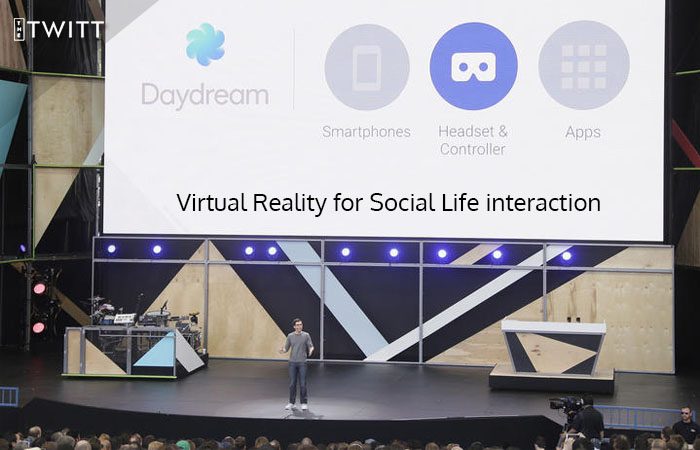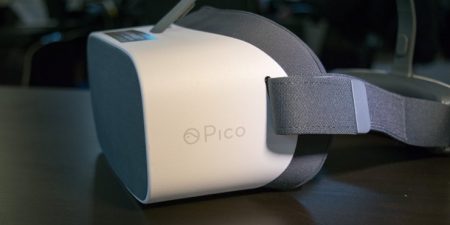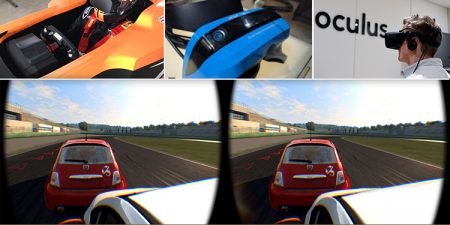At first when Virtual Reality was introduced as a quite literal concept with working designs in the form of prototypes, the first concern for a majority of audience was whether the technology would create a divide between the reality and virtuality considering that virtual reality effectively slips a user into a fabricated virtual world which is primarily a solitary experience. Thus, the technology feared of hindering the social elements of human existence.
Keeping these thoughts in mind, pioneers in the field started to bring a renewed aspect of promoting social interaction in VR through advanced technologies such as facial expressions recognizing system, and movements tracking systems, etc. Working along the same lines to attempt at making VR a more social experience, Google’s Daydream Lab is focused to solve the various problems in course.
Currently, the applications promoting social interaction in VR face a few problems such as in a few VR games users in VR feel emboldened to loot things from NPC’s or other user’s house which is in fact a common thing in virtual world given the distance among user’s and the sense of anonymity over the internet. Even then, it must not be forgotten that there are real people behind the VR avatars and such actions have consequences in VR too.
In order to solve these problems and promote quality VR social experiences such as VR shopping where users can put on shopping items on other users in VR, however these experiences are for now, limited in movements and actions due to lack of efficient hardware and software technology. Thus, Google Daydream is working to encourage and extend the scope of such experiences in VR.








